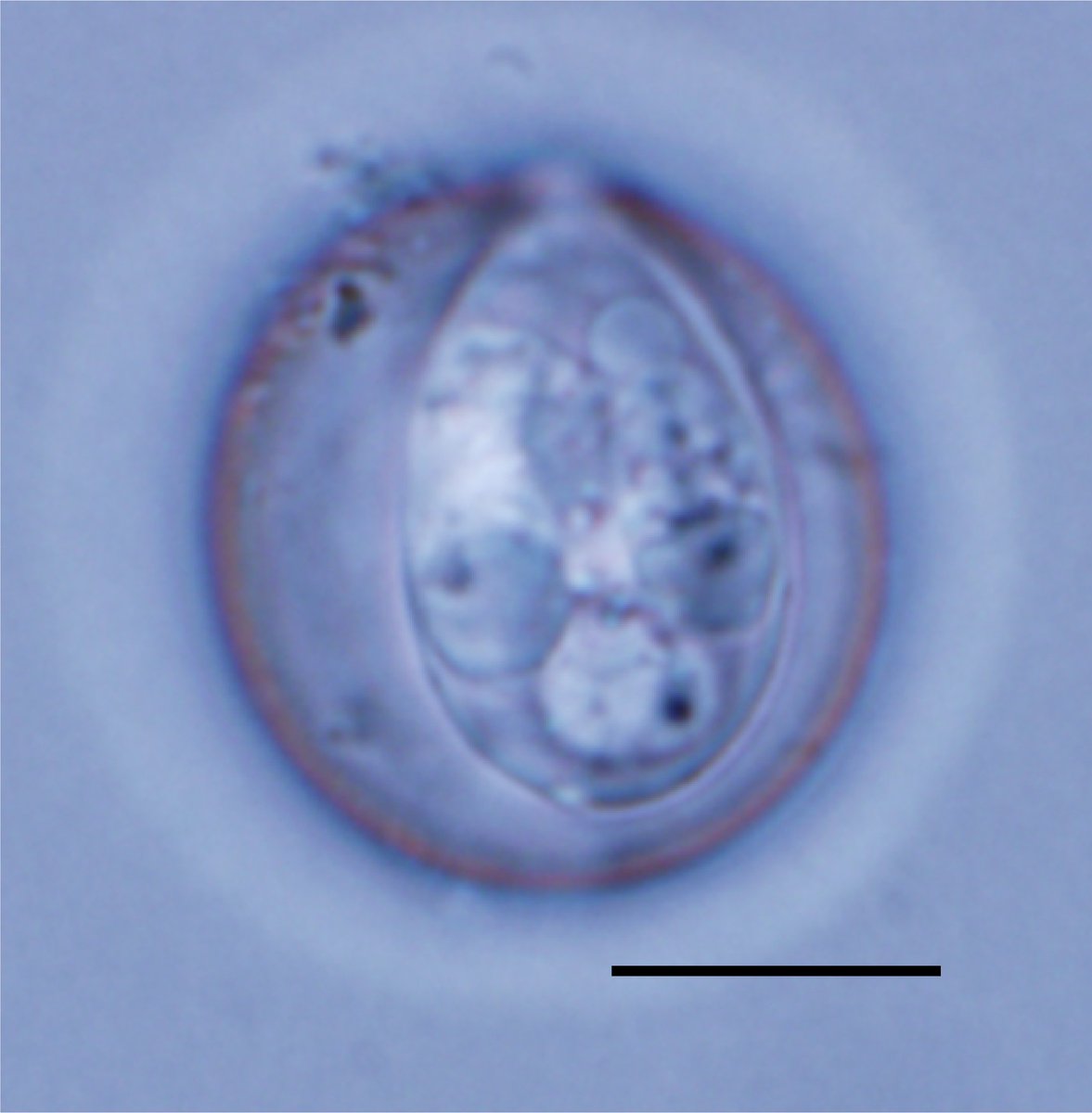As a kid, I loved looking at (and when I could, catching) various critters. On the plains of southeastern Wyoming, that meant a lot of toads (Anaxyrus), tiger salamanders (Ambystoma mavortium) & gartersnakes (Thamnophis). 1/

My idea? FROGS

I went on to finish my bachelor's degree at UWyo, but it was tricky continuing herp research without a herpetologist in my dept. Luckily, I got involved with a natural heritage research unit and started working on not one but TWO herp projects.
vc: T. Kleinteich -
vc: M.Yasin Cakmak -














